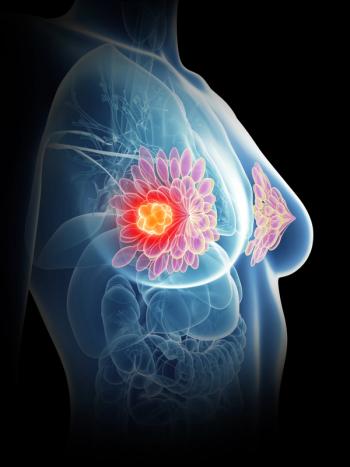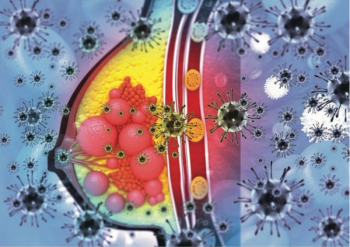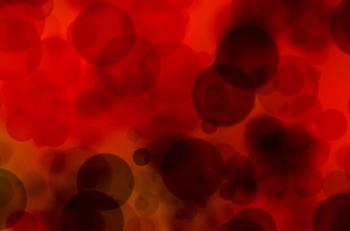
- ONCOLOGY Vol 13 No 3
- Volume 13
- Issue 3
Commentary on Abstract #1711
Early reports suggested that therapy with rituximab might be less effective in patients with bulky nodal disease. At the ASH meeting, Davis et al (abstract #1711) reported on 31 patients with indolent NHL and masses measuring ³ 10 cm who received rituximab in four weekly infusions. Of the 31 patients, 1 patient (4%) had a complete remission, and 11 patients responded partially, for an overall response rate of 43%. However, the duration of response was only 8.1 months.
Early reports suggested that therapy with rituximab might be less effective in patients with bulky nodal disease. At the ASH meeting, Davis et al (abstract #1711) reported on 31 patients with indolent NHL and masses measuring ³ 10 cm who received rituximab in four weekly infusions. Of the 31 patients, 1 patient (4%) had a complete remission, and 11 patients responded partially, for an overall response rate of 43%. However, the duration of response was only 8.1 months.
This response rate does not appear to be significantly worse than that observed in patients with smaller tumors, although responses may be less durable. Therefore, the presence of a high tumor burden, such as bulky nodes, should not discourage the use of this antibody.
Articles in this issue
almost 27 years ago
WHO Declares Lymphatic Mapping to Be the Standard of Care for Melanomaalmost 27 years ago
Navelbine Increased Elderly Lung Cancer Patients’ Survivalalmost 27 years ago
Consensus Statement on Prevention and Early Diagnosis of Lung CancerNewsletter
Stay up to date on recent advances in the multidisciplinary approach to cancer.

















































































